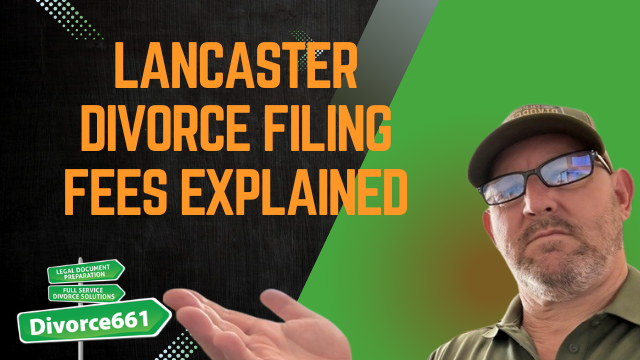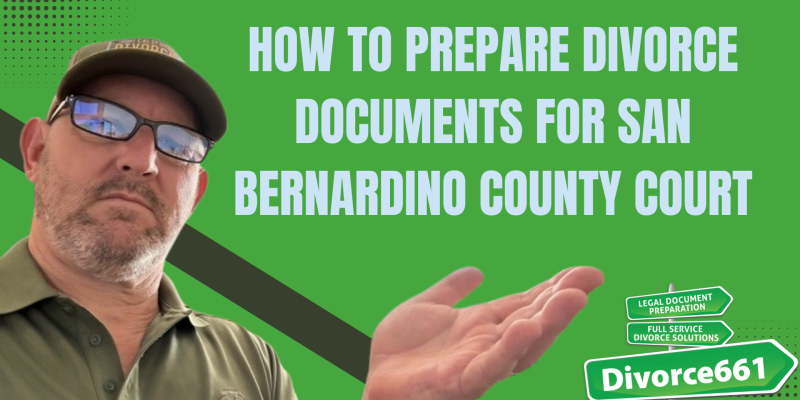Lancaster Divorce Filing Fees Explained
What it costs to start a divorce in Lancaster
Filing for divorce in Lancaster carries an upfront court filing fee of $435. If your spouse files a formal Response, they will be required to pay the same $435 filing fee. On top of those amounts, expect additional administrative costs like service of process. Typical service fees range from $50 to $100, depending on the method and vendor you use.
How fees add up—and how to avoid surprises
When people first look at the numbers they often focus on the filing fee and miss the smaller line items that add up quickly. Service, copies, certified mail, and other court administrative expenses can raise the total cost. Planning for these costs up front prevents delays and stress later.
Key cost items to budget for:
- Filing fee: $435
- Response filing fee (if applicable): $435
- Service of process: $50–$100
- Miscellaneous copies, postage, and filing extras: varies
Fee waivers: when the court can waive costs
If you cannot afford the filing fee, you may qualify for a fee waiver that eliminates those costs entirely. Courts review income, assets, and monthly expenses when deciding fee waiver requests. For many people this is a lifeline that allows them to start their case without delay.
“We filed a fee waiver request for a client who thought they couldn’t afford to start their divorce. It was approved the same day—saving them $435 and allowing their case to move forward immediately.”
How professional help can reduce friction
Handling paperwork, filing, and service of process correctly the first time saves time, money, and needless stress. Working with a service that prepares the paperwork, files it with the court, and helps complete a fee waiver application can keep the case moving smoothly and avoid costly rejections or corrections.
Services that remove common barriers:
- Paperwork preparation and court-approved forms
- Electronic filing to start the case quickly
- Assistance with fee waiver applications
- Handling service of process so you don’t need to track vendors
- 100 percent remote support when you prefer not to visit the courthouse
Practical next steps
- Confirm the current filing fee with the Lancaster court clerk (fees change occasionally).
- Estimate service of process and related administrative costs.
- Check whether you qualify for a fee waiver by reviewing your income, assets, and monthly obligations.
- Consider professional help to prepare forms, file, and manage service to avoid delays.
Final thoughts
Starting a divorce can feel overwhelming, but understanding the basic costs and your options removes much of the uncertainty. If the filing fee is a barrier, a fee waiver may be available and can be granted quickly when the application is completed correctly. Preparing in advance and using experienced help for paperwork and service of process can make the entire process smoother, faster, and more affordable.
If you want a clear plan for filing in Lancaster or need help with a fee waiver, visit Divorce661.com to learn more and schedule a free consultation.






